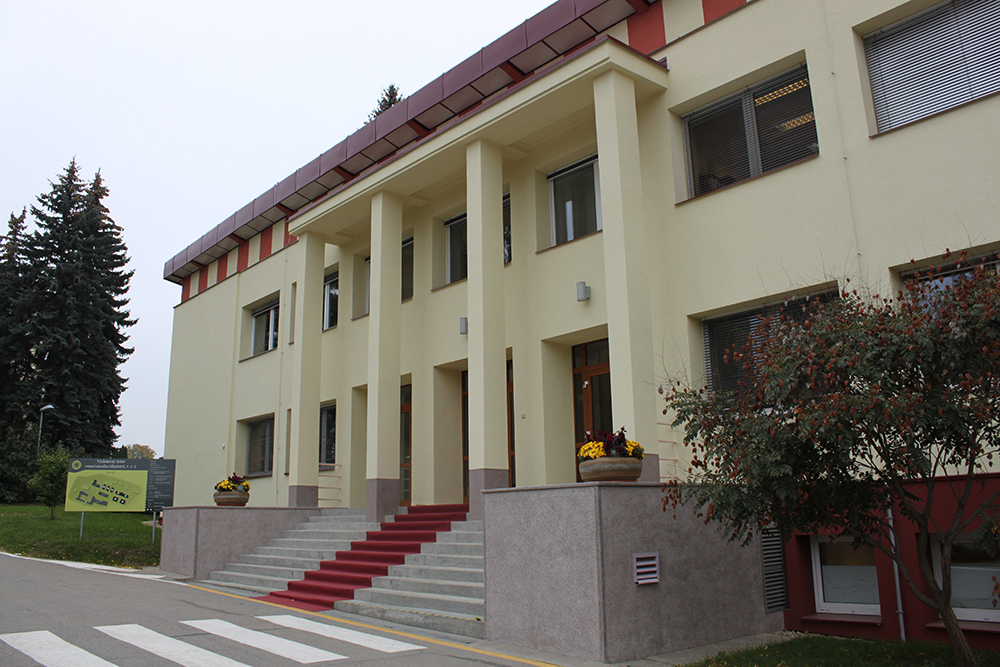
Veterinary Medicine Research Institute

Toilets
Parking available
The Veterinary MedicineResearch Institute (VÚVeL) is a public research institution under the Ministry of Agriculture, focusing on the development of diagnostic, preventive, and therapeutic options for the most common diseases of livestock, with an overlap into human medicine.
The institute, situated in Brno but with a national remit, was established on 10 September 1955 by the Minister of Agriculture, as part of the Czechoslovak Academy of Agricultural Sciences. Prior to this, veterinary research was conducted alongside teaching at the local Veterinary University in Brno.
Three laboratory pavilions with an administrative building, experimental stables, residential buildings, and other facilities were built on twelve hectares of land. Over several decades, the institute’s scientific teams focused on tackling the most widespread livestock diseases and contributed significantly to the high level of veterinary medicine and animal production in the Czech Republic. In January 2007, VÚVeL was transformed into a public research institution established by the Ministry of Agriculture of the Czech Republic. In recent years, the institute has embarked on a programme aimed at refurbishing its buildings.
The institute’s campus was built between 1958 and 1963, with designs by the architect Vladimír Beneš and landscaping by Ivar Otruba. Immediately beyond the entrance gate stands a two-storey administrative building, with three five-storey laboratory pavilions located further on. The perforated shed roofs of the buildings evoke bird wings, accentuated by a sculptural cornice. The entrance corridor of the institute, illuminated by a circle of small glass blocks, leads to a library with a mezzanine gallery and a spiral staircase made of bent wood. The building's basement features a civil defence shelter, reflecting the era in which it was constructed, which is also evident in the building’s basic form in the style of Socialist Realism.
The institute’s activities focus on animal health and welfare, as well as the rationalization of antimicrobial consumption in animal production. The institute also addresses the issue of the microbiological and chemical safety of animal-derived food products.
For loading the interactive map, please click on the map area.
For loading the interactive map, please click on the map area.